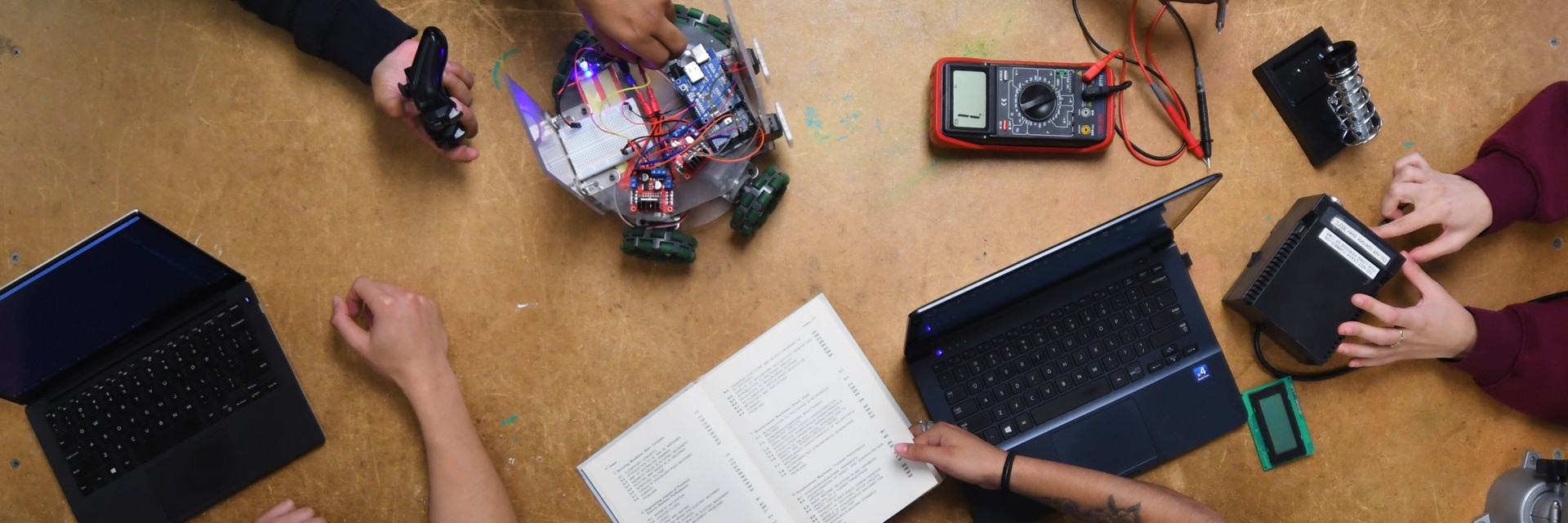The Solar Eagle II is a world class, solar-powered electric race car designed and built by an outstanding team of Cal State L.A. students, faculty and staff.
In June of 1993, the Solar Eagle II finished third in the 1,100 mile Sunrayce '93 -- a cross-country race from Arlington, Texas to Minneapolis, Minnesota. The Solar Eagle II started the race in the pole position having qualified with the fastest time. Solar Eagle II finished ahead of 30 other universities, including such prestigious institutions as Stanford, George Washington University and UC Berkeley. The car and team were honored with a second place award in Technical Innovation for Chassis Design, Propulsion and Aerodynamic Systems by the Sunrayce '93 judges. They also received a third place award from the Society of Automotive Engineers (SAE) for Design Excellence in Engineering Safety.
In November, 1993, the Solar Eagle II gained international recognition by coming in 13th out in field of 54, and became the fourth U.S. team to cross the finish line at the 1993 World Solar Challenge, a grueling 1,882 mile race across the Australian outback.
Vehicle Technical Specifications
- Length: 16 feet
- Width: 6.1 feet
- Height: 3.3 feet
- Weight: 360 pounds (without driver and batteries)
- Structure: Welded aluminum space frame with carbon fiber composite battery box and underneath pan to provide shear and torsion strength.
- Body: Carbon fiber skin with Rohacell structural foam core.
- Solar power system: 754 single crystal BP Saturn cells (3.7" x 3/8") on top; 824 quarter-size cut cells on vehicle sides. Cerium doped and antireflective-coated cover glass from Optical Coating Laboratory, Inc.
- Maximum solar panel power: 960 watts.
- Batteries: Ten - 12 volt U.S. Battery Mfg. Co. Lead acid batteries.
- Motor: Solectria DC brushless motor and controller. Motor produces 6.5 HP at 5500 RPM.
Major Corporate and Government Agency Sponsors
Automobile Club of Southern California
Caltrans
Hewlett-Packard
Los Angeles County Metropolitan Transit Authority (MTA)
Los Angeles Department of Water and Power
MacNeal-Schwendler
NASA Langley Research Center
Optical Coating Laboratory, Inc.
Society for the Advancement of Material and Process Engineering (SAMPE)
South Coast Air Quality Management District
Southern California Edison
TRW


